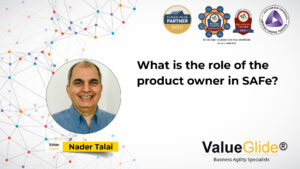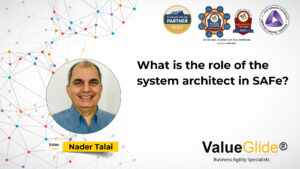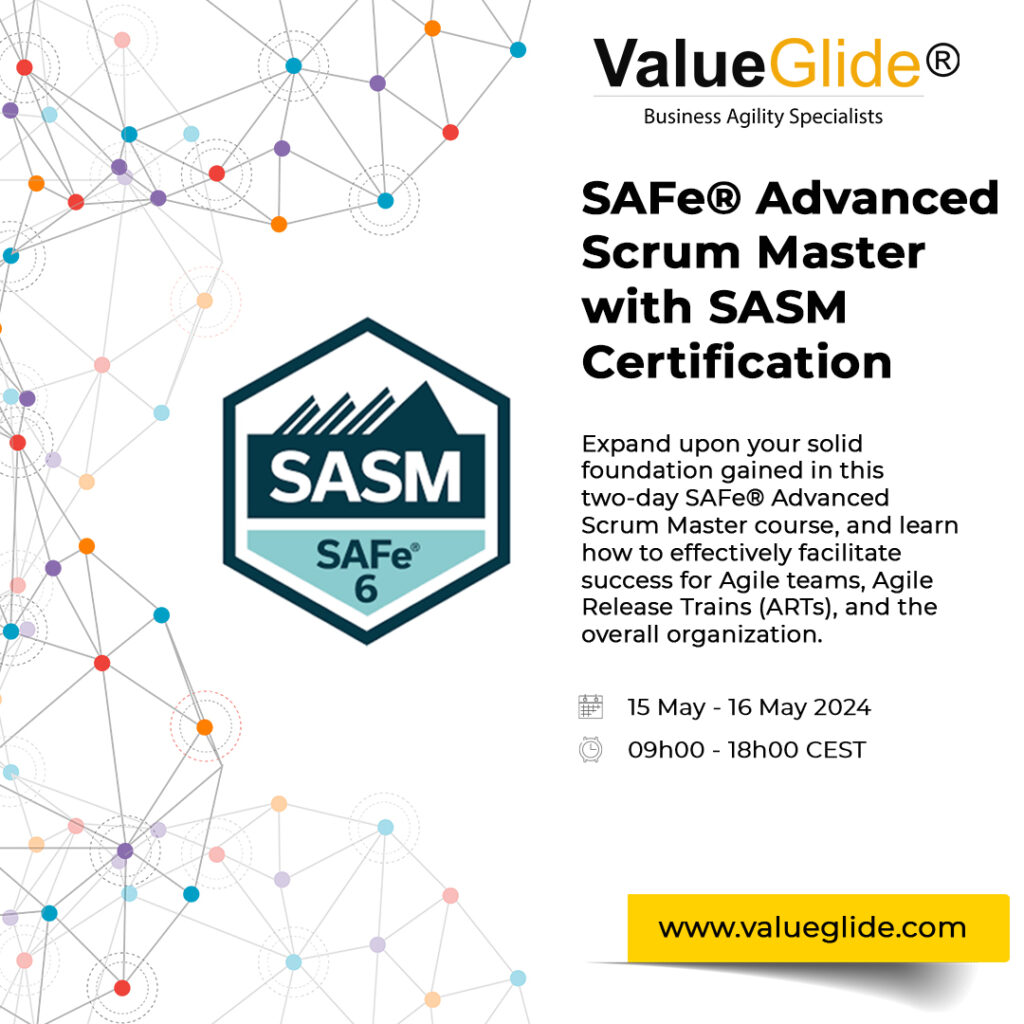We talk a lot about self-organisation, autonomy and empowerment. While this is a good start it is not sufficient to achieve the organisational goals and deliver the agility that the organisation is after.
Agile teams will learn and improve how they deliver their work through increasing the number of feedback loops, shortening the time to feedback, transparency of how they work and what they work on built on frequent inspection and adaptation.

Photo by Ethan Sykes on Unsplash
Improvement and autonomy at the team level is not sufficient to achieve organisational agility, I like the analogy by Klaus Leopold of a keyboard where each team can be thought of as one of the keys, teams improving and being able to press individual keys well is not enough we need coordination, synchronization, alignment with the strategy with a WIP limited pull system of work at the strategic portfolio.
Business agility requires alignment with the customer purpose,
We deliver to the customer at the organisational level, not at the team level.
{{cta(‘c7be85b9-3f56-4c56-824a-558459260ccf’,’justifycenter’)}}
In order to achieve business agility, we need to understand our current organisational setup below lists some of the key structural elements to consider and delivery capability, see is your service delivery predictable?
STRUCTURE
Our organisational structures have grown through functional specialisations with their leadership and hierarchies based on the division of labour which is based on the work of Fredrick Taylor.
REWARD
Rewarding the individual. Managing through objectives and ensuring that the executive objectives are cascaded down the line to achieve alignment through the individual rewards.
BUDGETS
Spending too much time to plan the budgets for what will be done a year later leads to costly, inflexible budget. Using budgets as the way to control the organisation.
The above way of managing the organisation leads to serve the boss behaviours, it is based on central command and control and building a follow-ship structure we want to move to a decentralised model and build leadership at all levels, the below alternatives are a good way to start.
Alternative
Define the purpose from the customer perspective.
Define the measures that inform us of how we are achieving the purpose.
Build organisational structures that are customer service aligned minimising the hand-offs and dependencies across your organisation.
Stop rewarding the individual and build a reward system based on long-term collaborative success.
Move beyond individual accountability how can an individual be accountable for the success or failure of a product/service.
Embrace beyond budgeting and move from the annual budgeting where we try and second guess what will happen next year.
We have helped a number of organisations with their business agility journey, we can help accelerate your organisational agility too.
Related content












